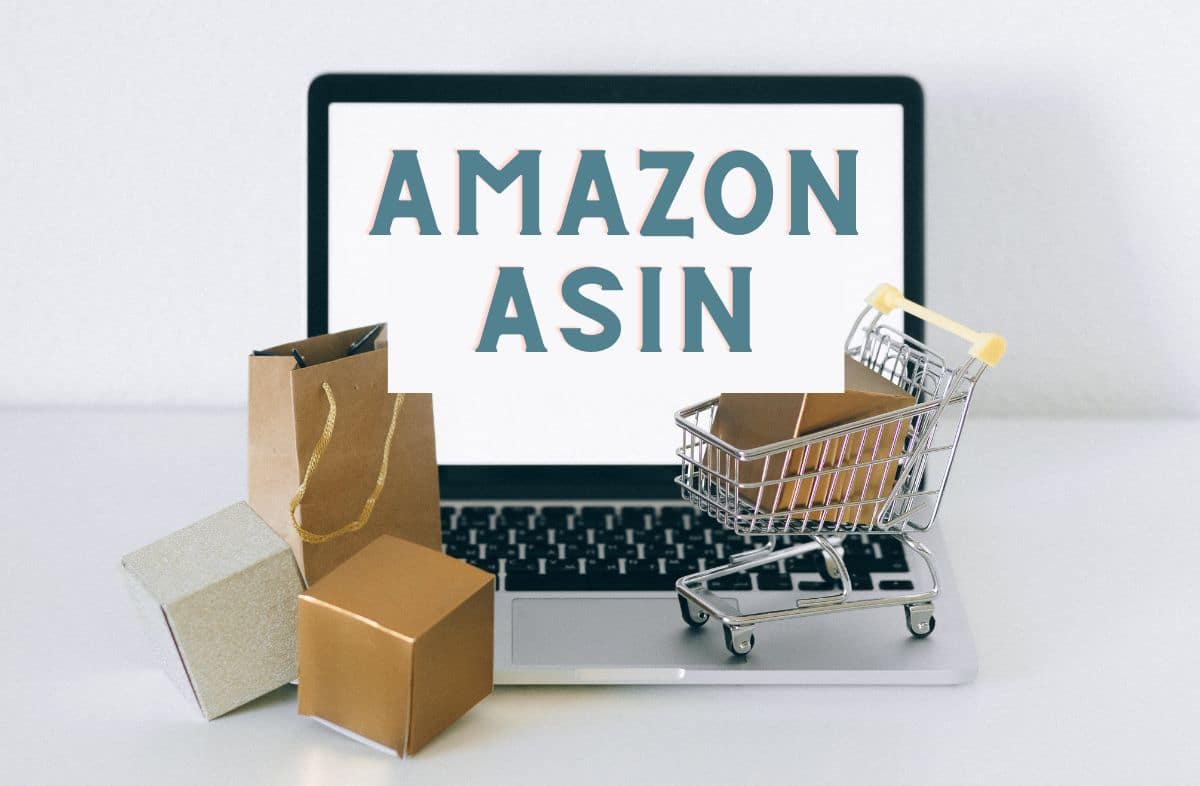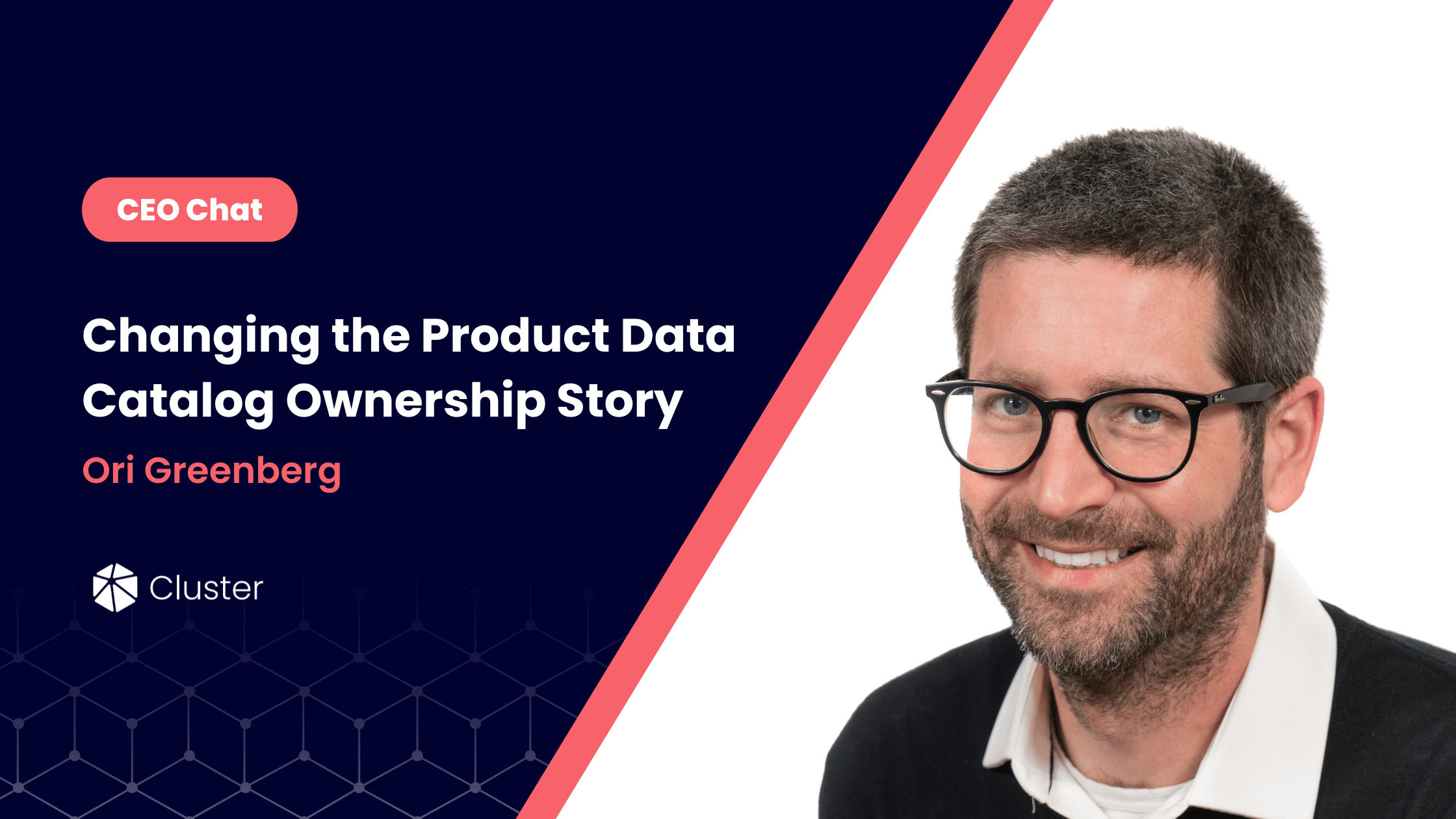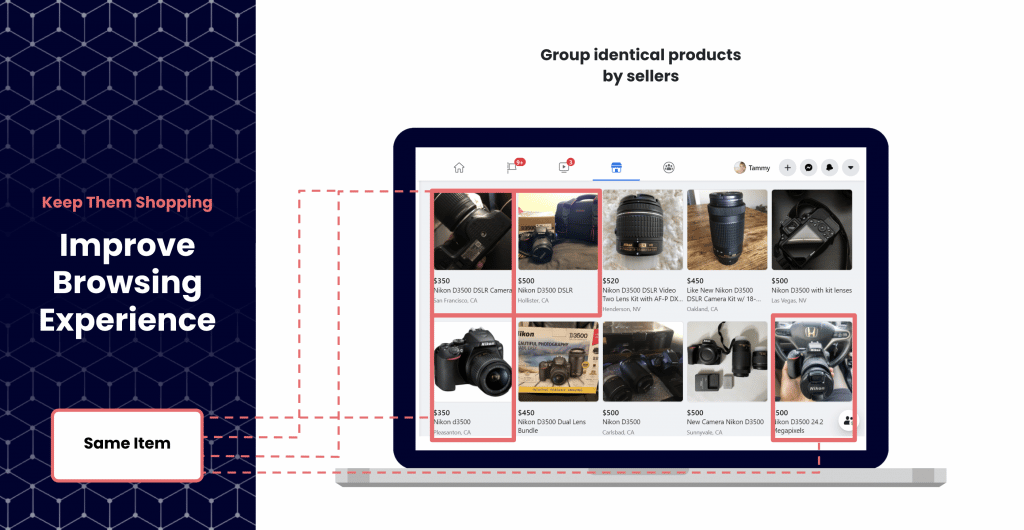In the current digital age, eCommerce has become a cornerstone of modern business. Every day, millions of people purchase goods and services online, making it an essential avenue for businesses looking to increase their revenue. However, with the growing competition in the industry, it can be challenging to stay ahead of the curve. That’s where data analytics comes in. By leveraging data analytics, you can gain valuable insights into your customers’ behaviors and preferences, allowing you to optimize your eCommerce strategies to drive revenue growth. In this comprehensive guide, we will show you how to use data analytics to increase your eCommerce revenue.
Understanding Data Analytics
Data analytics refers to the process of collecting, analyzing, and interpreting data to gain insights and make informed decisions. In eCommerce, data analytics can help you understand your customers better and optimize your business processes. The process typically involves the following steps:
Data Collection: This involves collecting data from various sources, including sales data, customer information, website analytics, social media data, and more.
Data Analysis: Once the data is collected, you can use various analytical tools to analyze and interpret the data.
Data Visualization: After analyzing the data, it’s important to present it in a clear and concise manner. This can be done using data visualization tools like graphs, charts, and tables.
Using Data Analytics to Increase eCommerce Revenue
Now that you understand the basics of data analytics let’s look at how you can use it to increase your eCommerce revenue.
Understanding Your Customer’s Journey
The customer journey refers to the series of steps that a customer takes when making a purchase from your eCommerce store. By analyzing the customer journey, you can identify pain points, optimize the customer experience, and increase revenue. Some of the key metrics to track include:
Bounce Rate: This refers to the percentage of visitors who leave your website without making a purchase. A high bounce rate could indicate issues with your website’s user experience.
Cart Abandonment Rate: This refers to the percentage of customers who add items to their cart but don’t complete the purchase. By analyzing the cart abandonment rate, you can identify issues with your checkout process.
Conversion Rate: This refers to the percentage of visitors who complete a purchase. By optimizing the customer journey, you can increase your conversion rate, and ultimately drive revenue growth.
Personalization
Personalization involves tailoring the customer experience to meet individual customer’s needs and preferences. By analyzing customer data, you can identify patterns in their behavior and personalize their experience accordingly. Some of the key ways to personalize the customer experience include:
Product Recommendations: By analyzing a customer’s purchase history, you can recommend products that they are likely to be interested in.
Personalized Emails: By segmenting your email list and sending personalized emails, you can increase engagement and drive revenue growth.
Customized Landing Pages: By creating customized landing pages, you can provide a personalized experience that is tailored to the customer’s needs.
Optimization
Optimization involves making small changes to your eCommerce store to improve its performance. By analyzing data and testing various strategies, you can optimize your store for maximum revenue growth. Some of the key optimization strategies include:
A/B Testing: This involves testing two versions of a web page to see which one performs better. By analyzing the results, you can optimize your web pages for maximum revenue growth.
Page Load Speed: Slow page load speeds can lead to higher bounce rates and lower conversion rates. By optimizing your website’s load speed, you can improve the user experience and drive revenue growth.
Mobile Optimization: With the increasing use of mobile devices for eCommerce, it’s essential to ensure that your website is optimized for mobile. By providing a seamless mobile experience, you can increase engagement and drive revenue growth.
Inventory Management
Inventory management is an essential aspect of eCommerce. By analyzing inventory data, you can ensure that you have the right products in stock to meet customer demand. Some of the key metrics to track include:
Stock Levels: By analyzing stock levels, you can ensure that you have enough inventory to meet customer demand.
Sales Trends: By analyzing sales trends, you can predict future demand and adjust your inventory accordingly.
Product Performance: By analyzing product performance, you can identify which products are popular and adjust your inventory accordingly.
Pricing Strategy
Pricing is a critical aspect of eCommerce. By analyzing pricing data, you can optimize your pricing strategy to maximize revenue growth. Some of the key metrics to track include:
Competitor Pricing: By analyzing competitor pricing, you can adjust your prices to remain competitive.
Sales Data: By analyzing sales data, you can identify pricing trends and adjust your pricing strategy accordingly.
Customer Segmentation: By segmenting your customers and analyzing their behavior, you can adjust your pricing strategy to meet their needs and preferences.
Best Practices for Implementing Data Analytics in eCommerce
Now that we have discussed the basics of data analytics and the tools you can use to implement it in your eCommerce store, let’s take a look at some best practices for implementing data analytics effectively:
Set Clear Goals
Before implementing data analytics, it’s essential to set clear goals for what you want to achieve. Whether it’s increasing revenue, improving the customer experience, or optimizing your marketing strategies, having clear goals in mind will help you stay focused and make informed decisions.
Identify Key Metrics
Once you have set clear goals, it’s important to identify the key metrics that you will track to measure progress towards those goals. Some common metrics to track in eCommerce include bounce rate, conversion rate, cart abandonment rate, and more.
Use Multiple Data Sources
To get a comprehensive understanding of your eCommerce performance, it’s essential to use multiple data sources. This includes website analytics, sales data, customer data, social media data, and more. By combining data from multiple sources, you can gain a holistic view of your eCommerce performance and make informed decisions.
Make Data-Driven Decisions
One of the most significant benefits of data analytics is that it allows you to make informed decisions based on real data. Rather than relying on intuition or guesswork, use data to guide your decision-making process and optimize your eCommerce strategies for maximum revenue growth.
How Cluster Can Help
Our mission is to drive eCommerce success through the most accurate and complete product catalog data in the world. Cluster brings together the most granular, cross-channel eCommerce catalog data supported by individual product-level sales estimates, so marketplaces and online brands can create the best buying experience for their shoppers. Book a demo now.









